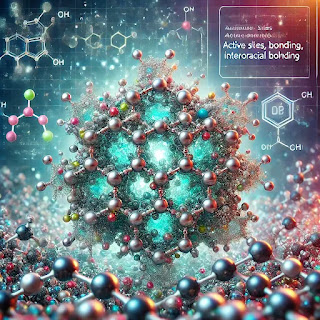Title: "Revolutionizing Materials Science: The Rise of Nanohybrids"
Introduction:
Introduce nanohybrids as a breakthrough in nanotechnology and materials science. Discuss their unique ability to merge nanoscale components with other materials to create new properties and functionalities. Highlight the relevance of nanohybrids in modern science and technology.
Content Outline:
What Are Nanohybrids?
- Definition and composition (organic-inorganic or purely nanostructured hybrids).
- How they differ from traditional nanomaterials.
How Nanohybrids Are Made:
- Synthesis techniques like sol-gel methods, self-assembly, and chemical vapor deposition.
- Importance of precise design and control at the nanoscale.
Applications of Nanohybrids:
- Healthcare: Advanced drug delivery systems, imaging agents, and biosensors.
- Energy: Supercapacitors, battery electrodes, and solar cells.
- Environment: Pollution control, water purification, and carbon capture.
- Electronics: High-performance devices and smart materials.
Future Trends and Research Directions:
- Role in sustainability and green technology.
- Integration with AI and machine learning for material optimization.
- Emerging uses in biotechnology and regenerative medicine.
Challenges and Solutions:
- Production scalability and cost.
- Ensuring environmental safety and regulatory compliance.
Conclusion:
- Summarize the potential of nanohybrids to shape the future of science and industry.
- Call to action for collaboration between researchers, industries, and policymakers.
International Research Awards on Advanced Nanomaterials and Nanotechnology
Nomination Link 👉https://nanotechnology-conferences.sciencefather.com/award-nomination/?ecategory=Awards&rcategory=Awardee
Visit Our Website 🌐 sciencefather.com
Contact Us 📧: nanoenquiry@sciencefather.com
#sciencefather#researchawardsProfessor,Lecturer,Scientist,#ScholarResearcher#Nanohybrid#Nanotechnology#AdvancedMaterials#NanoInnovation#HybridNanomaterials#MaterialScience#Nanocomposites#NanoEngineering#SmartMaterials#NanotechApplications#Nanostructure



No comments:
Post a Comment